Music of Dominican Republic, in the heart of the Caribbean, the Dominican Republic is a rhythmic paradise where music is woven into the very fabric of daily life. From the lively beats of merengue to the soulful melodies of bachata, the music of the Dominican Republic is a reflection of its vibrant culture and diverse heritage. Join us on a musical journey through this tropical haven as we explore the rhythmic landscapes, danceable beats, and rich traditions that make Dominican music a captivating and integral part of the nation’s identity.
Merengue: The National Dance:
At the core of Dominican music is merengue, a genre that has become synonymous with the nation’s cultural identity. Characterized by its fast-paced beats, infectious rhythms, and lively dance, merengue has its roots in the Dominican Republic’s African, European, and indigenous Taino influences. The distinctive sound of the accordion, tambora drum, and güira percussion instrument create a symphony that invites people to their feet. Merengue is not just a musical genre but a national dance, a celebration of life, love, and the vibrant spirit of the Dominican people.
Bachata: The Soulful Serenade:
Originating from the rural areas of the Dominican Republic, bachata has evolved from its humble beginnings into a globally recognized genre. Traditionally associated with themes of heartbreak and love, bachata is characterized by its soulful guitar melodies, bongo drums, and maracas. Over the years, bachata has undergone transformations, embracing influences from various genres and incorporating electric guitars and keyboards. It has become a versatile and emotionally charged musical expression that resonates with audiences worldwide.
Salsa and Son: Caribbean Connections:
Influences from neighboring Caribbean islands, particularly Cuba, have left an indelible mark on Dominican music. Salsa, with its roots in Afro-Cuban traditions, has found a home in the Dominican Republic, contributing to the nation’s diverse musical landscape. Son, a traditional Cuban musical style, has also influenced Dominican genres, creating a rhythmic fusion that adds depth and complexity to the country’s musical repertoire.
Traditional Taino Influences:
The indigenous Taino people, the original inhabitants of the island, have left their imprint on Dominican music. Although much of the Taino culture was affected by colonization, elements of their music and dance persist in the folk traditions of the Dominican Republic. Indigenous instruments and rhythms can be heard in certain rural celebrations and ceremonies, providing a glimpse into the historical and cultural roots of the island’s musical heritage.
Dembow and Reggaeton: Modern Rhythms:
As the Dominican Republic embraces modern influences, genres like dembow and reggaeton have gained popularity among the younger generation. Dembow, characterized by its electronic beats and rapid-fire rhythm, has become a staple in clubs and street parties. Reggaeton, with its roots in Puerto Rico, has also found a fervent audience in the Dominican Republic, blending Caribbean and Latin American influences into a contemporary and danceable sound.
Cultural Celebrations: Carnaval and Festivals:
The spirit of Dominican music comes alive during the nation’s vibrant celebrations, particularly during Carnaval. This annual festival is a riot of color, rhythm, and creativity, with music and dance taking center stage. Comparsas, or groups of musicians and dancers, parade through the streets, showcasing the diversity of Dominican music and dance traditions. Beyond Carnaval, various local festivals throughout the year celebrate specific genres and showcase the talents of musicians from different regions.
Innovations and Global Influence:
Dominican music has not only evolved within its borders but has also left an indelible mark on the global music scene. Influential artists like Juan Luis Guerra, known for his fusion of merengue with elements of jazz and other genres, have garnered international acclaim. The innovative spirit of Dominican musicians, combined with a willingness to experiment and push boundaries, has led to the continual evolution and global recognition of the country’s music.
Dance as Cultural Expression:
In the Dominican Republic, music and dance are inseparable. The energetic and passionate dance styles associated with merengue and bachata are not just forms of entertainment but expressions of cultural identity and community bonding. Learning to dance is a rite of passage for many Dominicans, and dance academies and clubs play a crucial role in passing down these traditions to new generations.
Challenges and Cultural Preservation:
While the Dominican Republic’s music is thriving, it faces challenges in preserving traditional forms in the face of globalization and changing cultural dynamics. Efforts by cultural organizations, educators, and musicians are underway to document, archive, and promote traditional music, ensuring that the rich heritage of Dominican rhythms endures.
Conclusion: A Symphony of Diversity:
In conclusion, the music of the Dominican Republic is a symphony of diversity, reflecting the nation’s history, cultural influences, and the indomitable spirit of its people. From the infectious beats of merengue to the soul-stirring melodies of bachata, each note tells a story of love, resilience, and the vibrant cultural tapestry that defines this Caribbean paradise. As the rhythms continue to evolve and resonate globally, Dominican music remains an enduring celebration of life, inviting people from around the world to join in the dance of this rhythmic paradise.
Famous Artists:
The Dominican Republic has produced a host of renowned musicians and artists who have made significant contributions to the nation’s musical landscape. Some of the most famous Dominican musicians and artists include:
- Juan Luis Guerra: Juan Luis Guerra is a legendary artist known for blending merengue, bachata, and other genres. His poetic lyrics and melodious compositions have made him an international sensation.
- Sergio Vargas: Sergio Vargas is celebrated for his contributions to merengue music and is known for his energetic performances.
- Aventura: Aventura is a bachata group that gained international acclaim, playing a pivotal role in popularizing the genre on a global scale.
- Fefita la Grande: Fefita la Grande is an iconic figure in the merengue genre, known for her accordion skills and energetic performances.
- Eddy Herrera: Eddy Herrera is a prominent merengue artist with a long and successful career, known for his lively and danceable music.
- Milly Quezada: Milly Quezada is a celebrated artist who has made significant contributions to both the merengue and bachata genres.


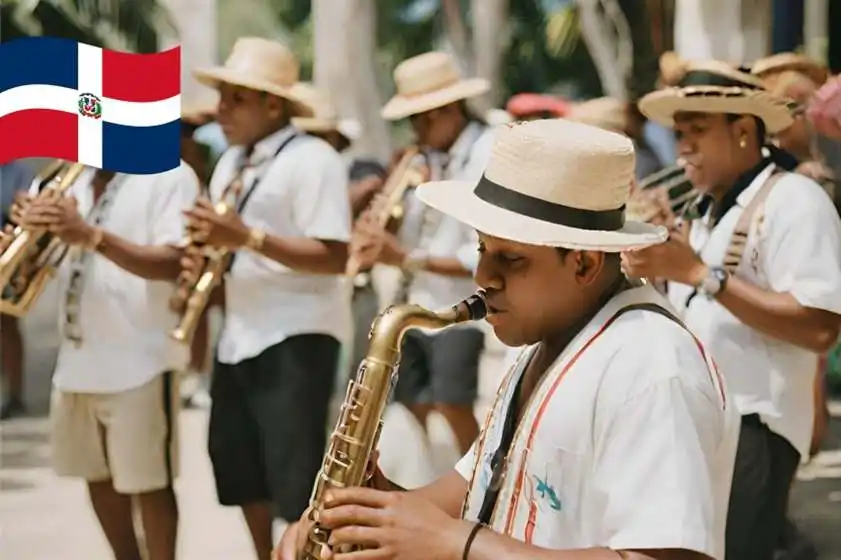
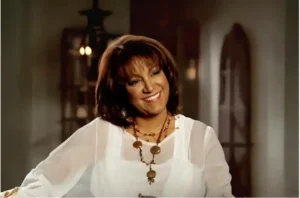
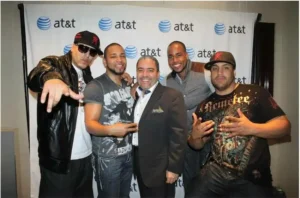
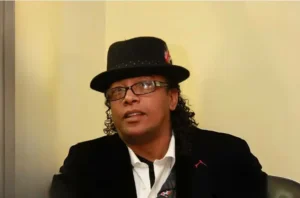
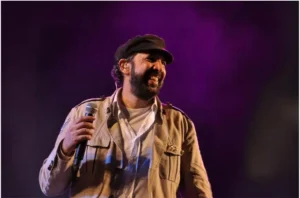
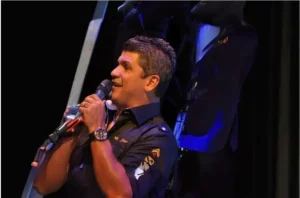
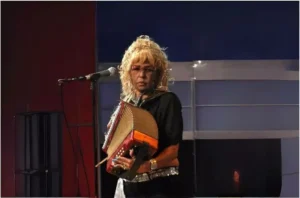
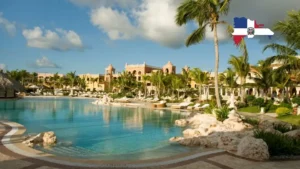
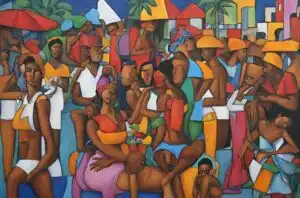
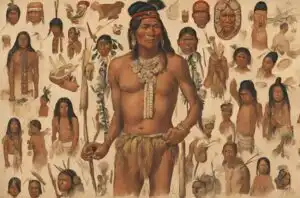
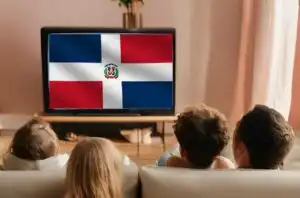
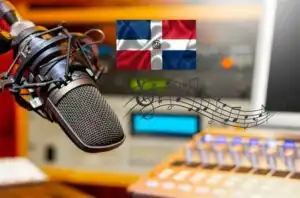
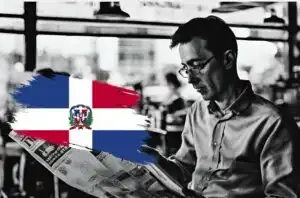
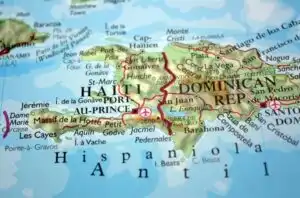
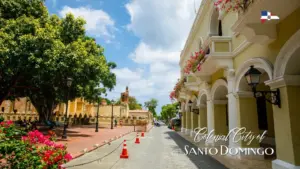
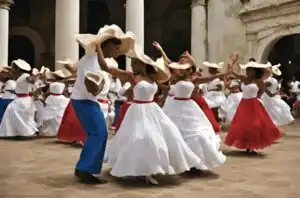
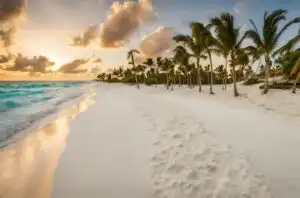
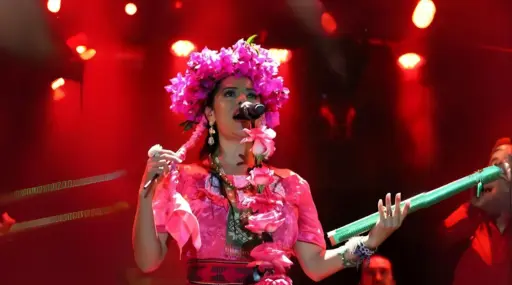
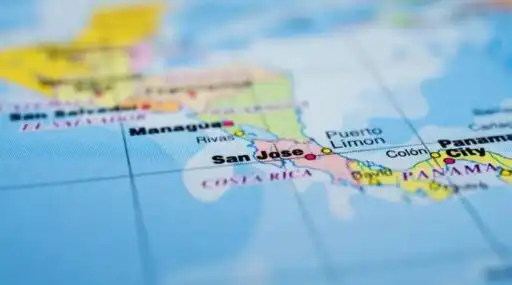
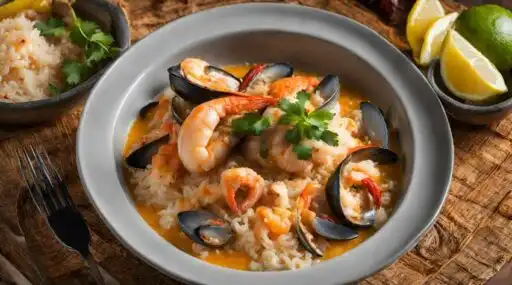
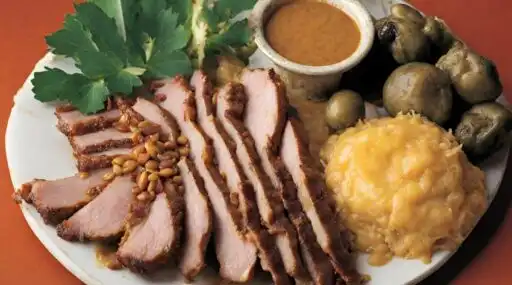
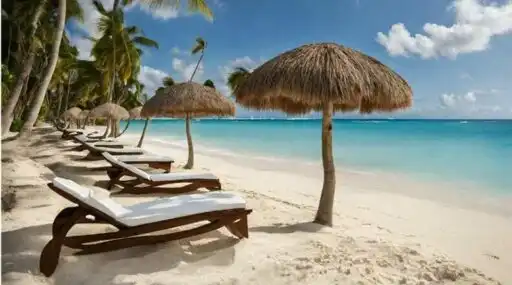
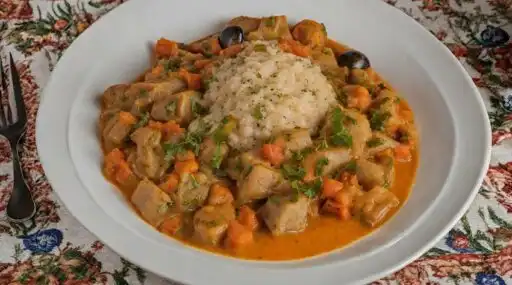
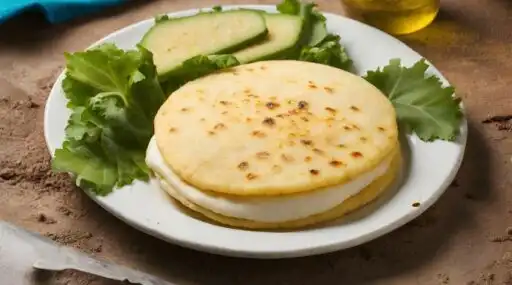
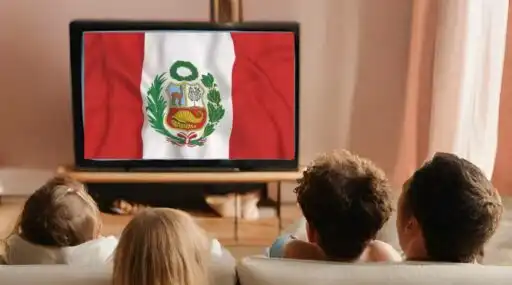
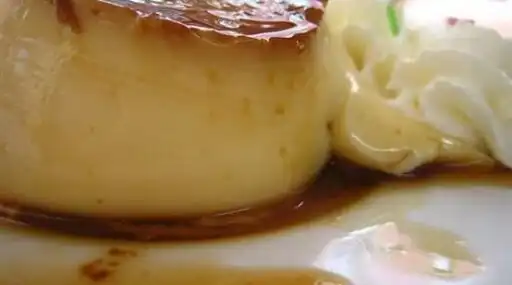
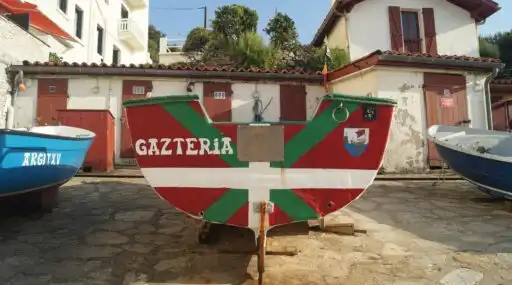
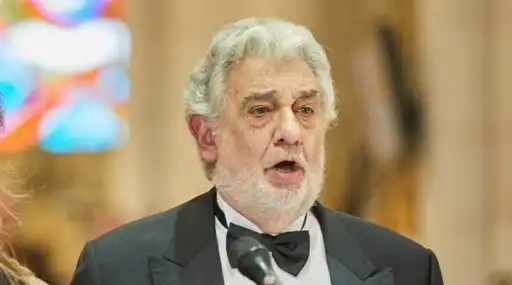

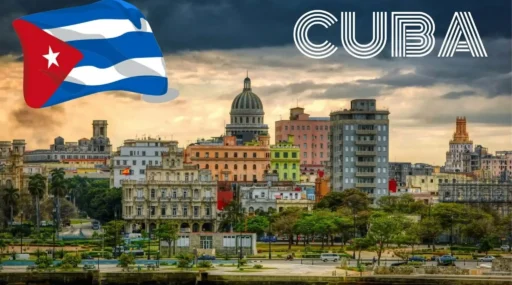

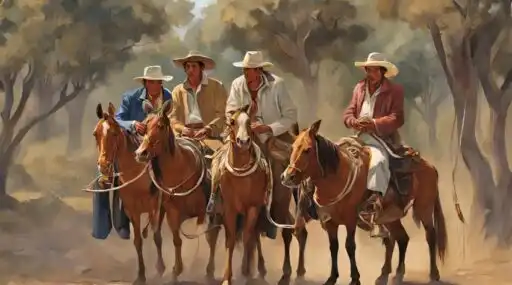
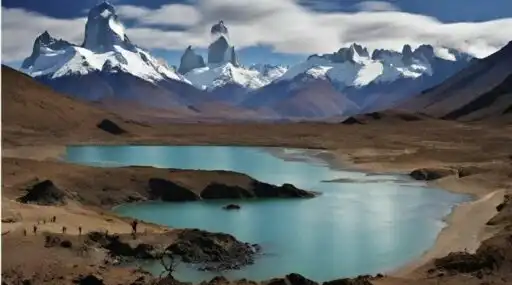


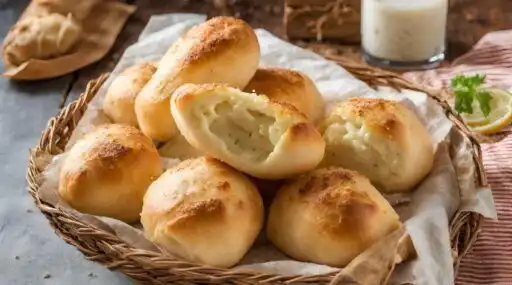
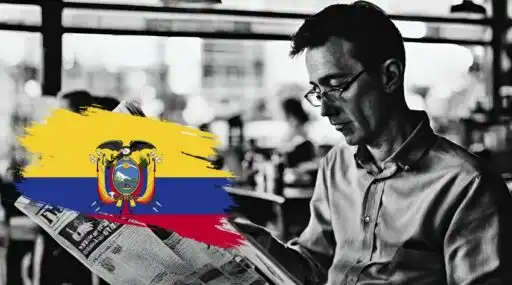
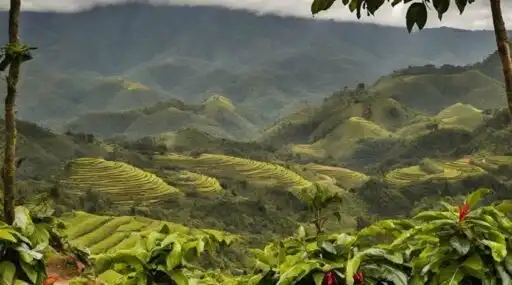
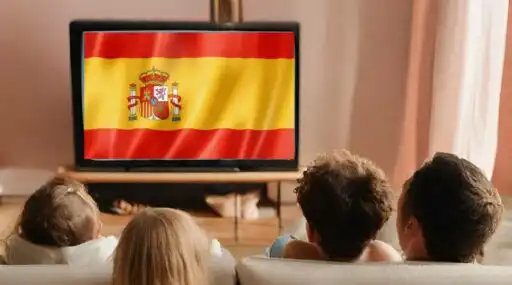
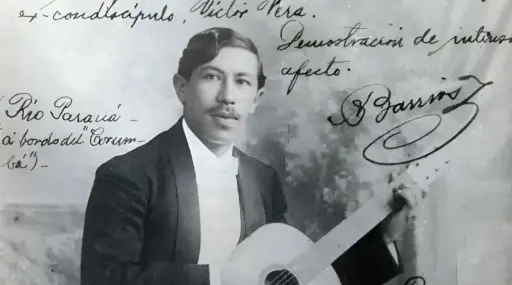
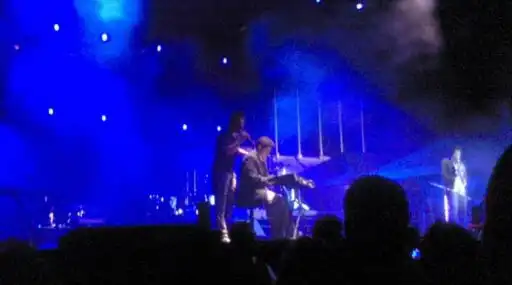
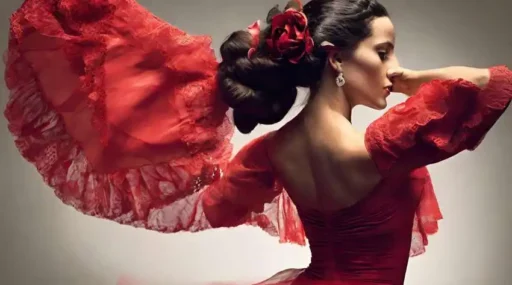
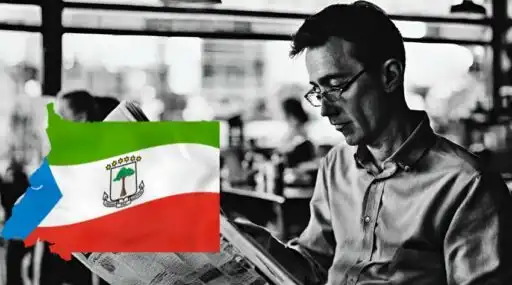
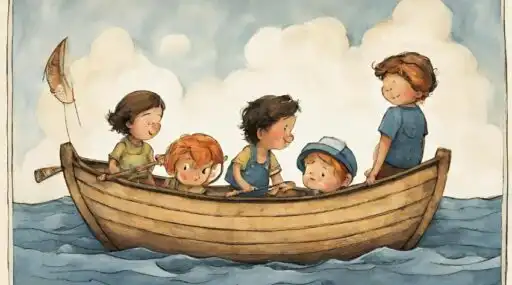
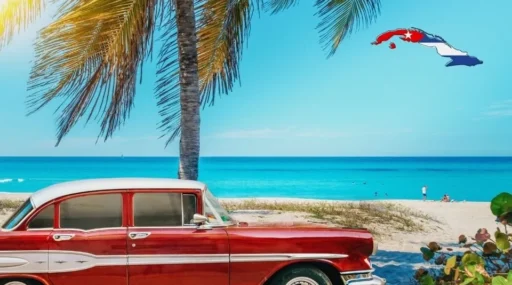
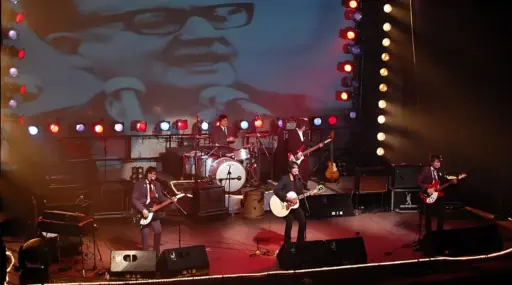
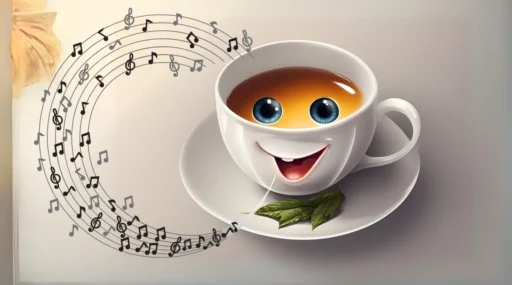
Leave a Reply